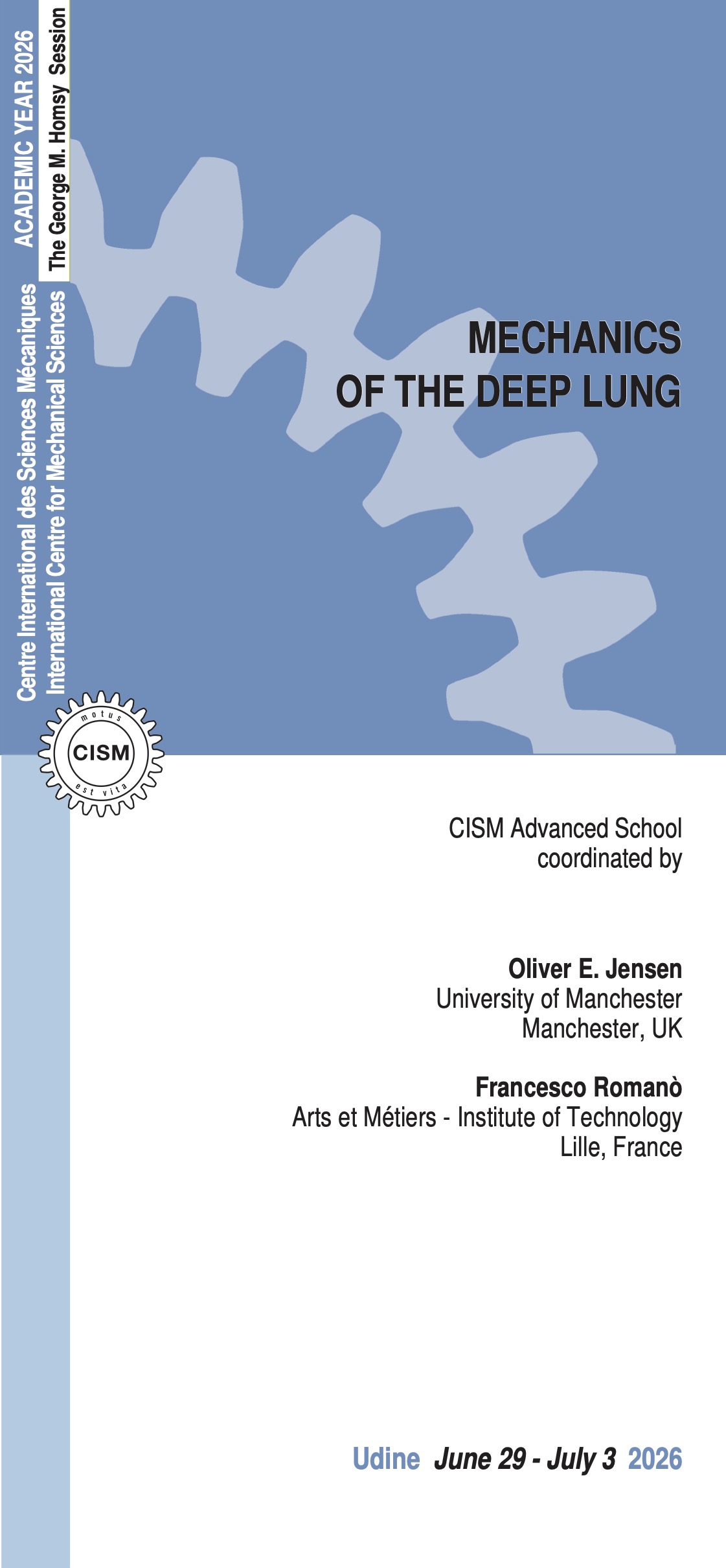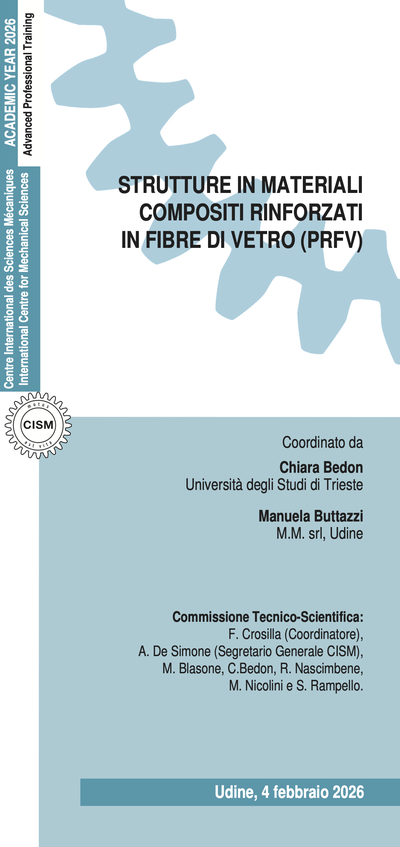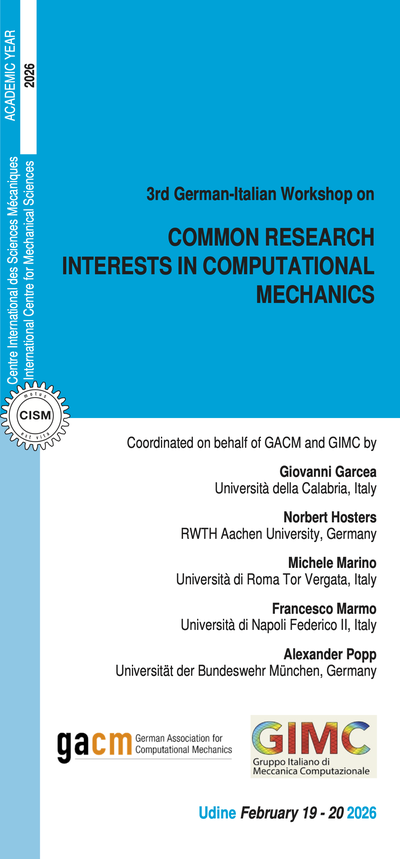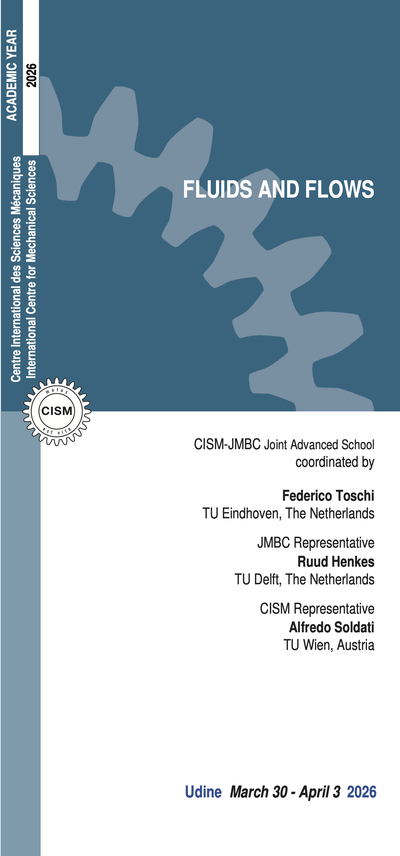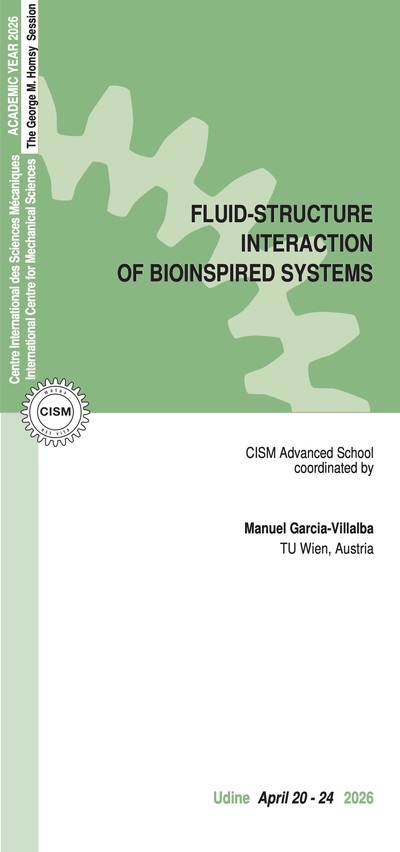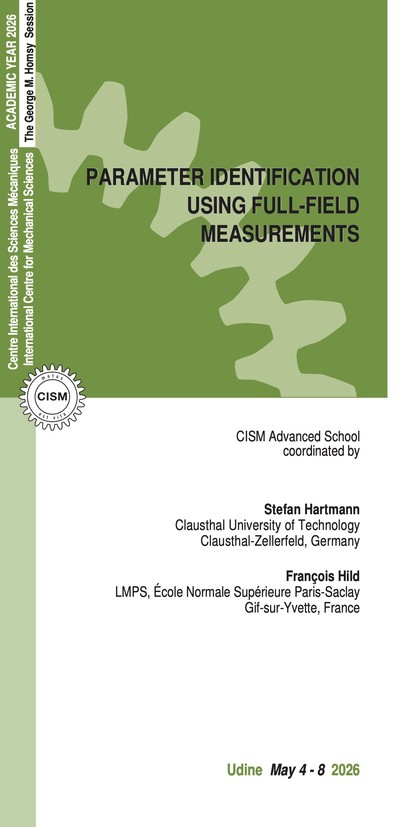Several processes occurring in the respiratory system involve complex solid and fluid mechanics. In the lungs, the multiscale nature of the airway network is coupled with the multiphysical processes that govern phenomena such as airway ventilation, gas exchange, airway closure/reopening, mucus rheology, surfactant transport and formation of respiratory aerosols. The deep lung - the tens of thousands of peripheral airways that lie below the resolution of many imaging modalities - provides abundant examples of mechanical processes that are fundamental to understanding the origins, and treatment, of disease. While engineers and mathematicians have modeled individual processes for decades, integrative first-principle modeling has recently gained more traction in the medical community as a useful tool to better understand and also predict biological processes. Substantial improvements, made in recent years, allow descriptions of fundamental physical processes to be integrated in models with increasing physiological realism.
We aim to provide a comprehensive overview of the modeling techniques used to study the respiratory system, comparing their strengths, limitations, and potential for future development. We will explore a range of methodologies: (i) first-principle models, used in detailed computational simulations; (ii) reduced-order models, which exploit asymptotic methods and perturbation techniques; (iii) integrative multiphysics models, focused on the interactions across multiple spatial and temporal scales, from molecular-level processes that regulate mucus rheology to organ-scale multiphase dynamics; (iv) neural networks and digital twin models, which became valuable tools for refining model predictions owing to the increasing availability of medical imaging and experimental data. Moreover, a significant part of the course is dedicated to in-vitro and on-a-chip models, providing a bench-top microfluidic framework for probing the mechanics of the deep lung. Throughout the course, the physiological relevance of models will be critically evaluated.
Beyond discussing these methodologies, we will provide a comparative assessment of their applicability in different scenarios, highlighting their respective advantages and trade-offs in terms of accuracy, computational efficiency, and feasibility for clinical integration. We will also discuss emerging trends in respiratory modeling, such as the role of artificial intelligence in automating model calibration, the development of patient-specific simulations, and the integration of real-time sensing data into predictive frameworks.
The course will cover a wide range of topics — from modeling and numerical simulations to experiments, from fundamental mechanics to lungs on-a-chip — and requires participants to engage across disciplinary boundaries. The course is designed for researchers in Engineering, Applied Mathematics, Physics, and Medical Science who have a solid background in mathematical modeling and mechanics. Ideal participants are familiar with the principles of continuum mechanics and have experience in translating complex physical systems into numerical simulations or analytical models.
JHT Bates & A-M Lauzon 2007 – Parenchymal tethering, airway wall stiffness, and the dynamics of bronchoconstriction. J Appl Physiol 102:1912.
JHT Bates 2015 – Modeling the impairment of airway smooth muscle force by stretch. J Appl Physiol 118:684.
F Romanò, H Fujioka et al 2019 – Liquid plug formation in an airway closure model. Phys Rev Fluids 4:093103.
F Romanò, M Muradoglu et al 2022 – Effect of surfactant in an airway closure model. Phys Rev Fluids 7:093103.
JB Grotberg & OE Jensen 2004 – Biofluid mechanics in flexible tubes. Annu Rev Fluid Mech 36:121.
SK Lai, YY Wang et al 2009 – Micro- and macrorheology of mucus. Adv Drug Del Rev 61:86.
B Button, LH Cai et al 2012 – A periciliary brush promotes lung health by separating the mucus layer from airway epithelia. Science 337:937.
PA Vasquez & MG Forest 2014 – Complex fluids and soft structures in the human body. In Complex fluids in biological systems… Springer, p. 53.
C Patte, M Genet et al 2022 – A quasi-static poromechanical model of the lungs. Biomech Mod Mechanobiol 21:527.
A Gonsard, M Genet et al 2024 – Digital twins for chronic lung diseases. Eur Respir Rev 33:240159.
AO Stucki, JD Stucki et al 2015 – A lung-on-a-chip array with an integrated bio-inspired respiration mechanism. Lab Chip 15:1302.
OT Guenat, T Geiser et al 2020 – Clinically relevant tissue scale responses as new readouts from organs-on-a-chip for precision medicine. Annu Rev Anal Chem 13:111.
6 lectures on:
Mechanistic modeling of airway response and physiological insights: mechanistic basis of airway hyperresponsiveness; response of the airways to aerosolized methacholine and intravenous methacholine; modeling the contraction dynamics of airway smooth muscle (ASM), ASM-tissue interactions and bronchoconstriction in the whole lung.
5 lectures on:
Lung poromechanics models and digital twins: fundamentals of poromechanics; lung macro-poro-mechanics; lung micro-poro-mechanics, micro-macro relations; tracking of thoracic images; surrogate lung modeling through interpretable machine learning and digital twins.
5 lectures on:
Engineering respiratory physiology in vitro with organs-on-chips: introduction to in-vitro and organs-on-a-chip models; lung microenvironment: bio-physical and -chemical cues, alveolus-on-a-chip; latest developments in lung-on-a-chip; towards personalized medicine.
5 lectures on:
Reduced-order models of small-airway biomechanics: thin-film models of airway surface liquid; interfacial rheology and surfactants; bubbles and liquid plugs in airways; models of airway closure and airway reopening; non-Newtonian rheology in a thin-film framework.
5 lectures on:
Numerical simulations of small-airway biomechanics: numerical methods for respiratory flow; numerical methods for multiphase flow; Newtonian airway closure with and without surfactant; Newtonian airway reopening with and without surfactant; non-Newtonian effects in models for airway closure and airway reopening.
6 lectures on:
Computational rheology of mucus: introduction to rheology; linear viscoelasticity; nonlinear viscoelasticity; stochastic dynamics of complex fluids; hierarchical modeling; mucus as a viscoelastic material.
ADMISSION AND ACCOMMODATION
The course is offered in a hybrid format, allowing participants the flexibility to attend either in person or remotely via the Microsoft Teams platform.
Admission to on-site attendance is granted on a first-come, first-served basis to comply with the capacity of the lecture room.
Registration fees:
- Early Bird On-Site Participation: € 650.00 + VAT* - Deadline: April 29, 2026
- Late On-Site Participation: € 800.00 + VAT* - Deadline: June 17, 2026
- Live Streaming Online Participation: € 250.00 + VAT* - Deadline: June 17, 2026
On-site participation includes a complimentary bag, five fixed menu buffet lunches, hot beverages, downloadable lecture notes.
Online participation includes downloadable lecture notes.
Application forms should be submitted online through the website: http://www.cism.it. A confirmation message will be sent to participants whose applications are accepted.
Upon request, and subject to availability, a limited number of on-site participants can be accommodated at the CISM Guest House for € 35 per person per night. To request accommodation, please contact foresteria@cism.it.
CANCELLATION POLICY
Applicants may cancel their registration and receive a full refund by notifying the CISM Secretariat in writing (via email) no later than:
- April 29, 2026, for early bird on-site participation;
- May 29, 2026, for late on-site participation;
- June 17, 2026, for online participation.
No refunds after the deadlines. Cancellation requests received before these deadlines and incorrect payments will be subject to a € 50.00 handling fee.
GRANTS
A limited number of participants from universities and research centers who do not receive support from their institutions can request a waiver of the registration fee and/or free lodging.
Requests should be submitted by email to the CISM Secretariat at info@cism.it by April 29, 2026. Submissions must include the applicant’s curriculum vitae and a letter of recommendation from the head of the department or a supervisor, confirming that the institute is unable to provide funding. Preference will be given to applicants from countries that sponsor CISM.
